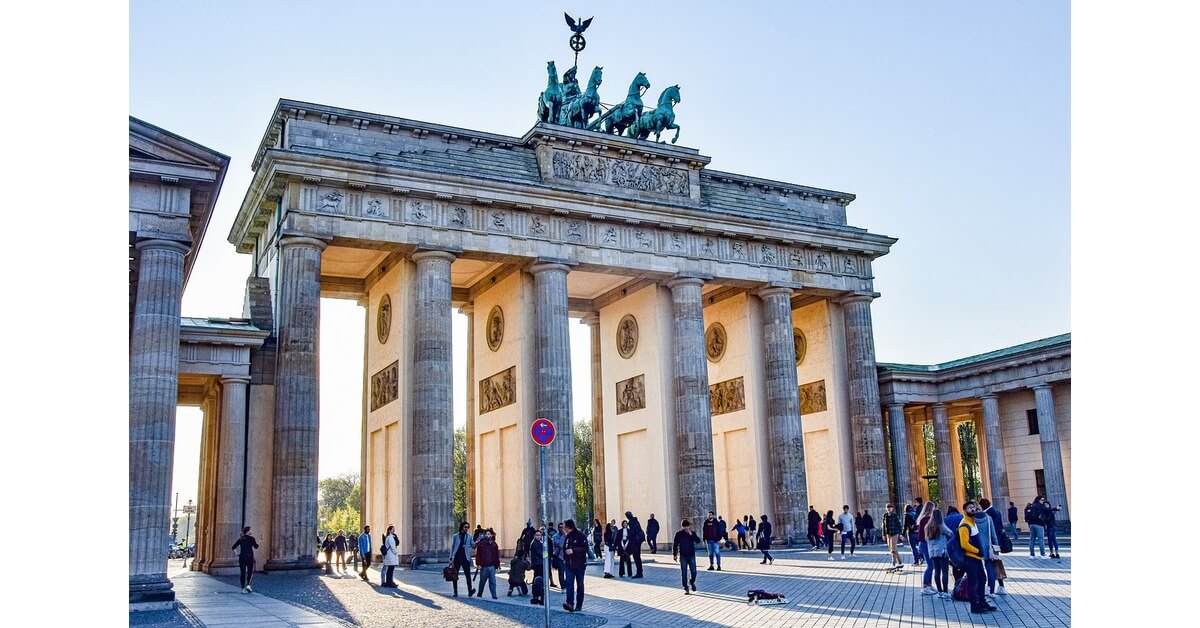Introduction
Renaissance art in Germany reached new heights in the 16th century, with figures like Heinrich Servais immortalized in portraits that have transcended time. The 1555 Portrait Heinrich Servais Germany offers a rare look at not only a critical individual but also the artistic traditions of the era. Portraits, especially during this time, were more than just depictions—they were symbols of power, status, and the essence of the Renaissance movement that swept across Europe.
The Historical Context
To appreciate Heinrich Servais’s portrait, it’s crucial to understand the historical setting of 1555. Germany was in the throes of Renaissance influences, borrowing heavily from Italian art while creating its unique style. The political and religious landscapes were undergoing significant shifts, particularly with the Reformation, which also impacted art and culture.
Who Was Heinrich Servais?
Heinrich Servais was a notable figure in 16th-century Germany. Although not as widely known as some historical figures, his portrait suggests that he was a person of influence, likely tied to the mercantile or political elite. His role in society would have warranted a portrait, signifying his status and ensuring his image would be remembered for generations.
The Artistic Era of the 1550s
The Renaissance brought a renewed interest in the classical world, and Germany was no exception. Artists incorporated the realism and humanism seen in Italian Renaissance art while maintaining a distinctly Northern European focus on intricate details and symbolic depth. The art of this period was marked by intense attention to textures, fabrics, and the interplay between light and shadow.
Importance of Portraits in the 16th Century
In 16th-century Europe, portraits were much more than simple representations. They were statements of power, wealth, and societal rank. These paintings were meticulously crafted to show not only the likeness of the individual but also their status and achievements. Heinrich Servais’ portrait likely followed this tradition, offering insight into his position in German society.
The Portrait of Heinrich Servais
The 1555 portrait of Heinrich Servais captures the essence of a man deeply rooted in his time’s cultural and political spheres. His clothing, typically formal and rich in detail, suggests affluence. His posture—upright and commanding—indicates authority. The background, often neutral, highlights the focus on the subject himself, emphasizing the importance of the individual in Renaissance portraiture.
The Artist Behind the Portrait
Though the artist’s identity may not be widely recognized today, their work reflects the influences of the Renaissance era. German painters of the time were known for their precision and attention to detail, characteristics evident in Servais’ portrait. The artist’s technique mirrors the work of other German Renaissance painters like Hans Holbein the Younger, emphasizing realism and texture.
Analyzing the Style and Techniques
The use of light and shadow in Servais’ portrait creates a three-dimensional effect, making the subject appear almost lifelike. The artist’s attention to the folds in the fabric, the subtle play of light on the skin, and the detailed rendering of facial features all contribute to the work’s realism. Compared to Italian works, German portraits of this period often have a more restrained emotional tone, focusing on precision and symbolic meaning.
Symbolism in the Portrait
Every element in Servais’ portrait carries meaning. His attire, likely adorned with delicate fabrics, symbolizes wealth and social standing. The colors, such as deep reds or blacks, might represent power and authority. Even the lack of extravagant background elements can suggest a focus on the individual’s inner strength rather than external trappings.
Historical Significance of the Portrait
This portrait offers a snapshot of life in 16th-century Germany. It provides historians with a visual document of Heinrich Servais’s standing and role in society. Such portraits are valuable not just for their aesthetic beauty but also for what they tell us about the social structures and values of the time.
German Portraiture in the 16th Century
Heinrich Servais’ portrait is a prime example of German Renaissance art. While Italian artists like Leonardo da Vinci and Michelangelo are often celebrated, German painters brought their intricate style to portraiture. Servais’ image fits well within this artistic tradition, which is marked by meticulous detailing and a focus on realism.
Preservation and Restoration
The journey of Servais’ portrait over the centuries may have involved restoration to maintain its condition. Many Renaissance artworks have undergone preservation efforts to ensure they remain accessible to future generations. The meticulous care required to preserve such works underscores their artistic and historical value.
Where is the Portrait Now?
As of today, the 1555 portrait of Heinrich Servais may reside in a museum or private collection. Its current location remains of interest to art historians and enthusiasts who seek to study and appreciate such a piece’s craftsmanship and cultural significance.
Cultural Impact of Renaissance Portraiture
The tradition of portrait painting from the Renaissance has had a lasting influence on art. German portraits, like Heinrich Servais’s, inspired future generations of artists and contributed to the rich tapestry of European art history.
Conclusion
The 1555 Portrait Heinrich Servais Germany Servais stands as a testament to the rich cultural and artistic traditions of Renaissance Germany. It captures not only a man’s likeness but also the essence of an era marked by great change and artistic achievement. Elite Eagle Product Partner
